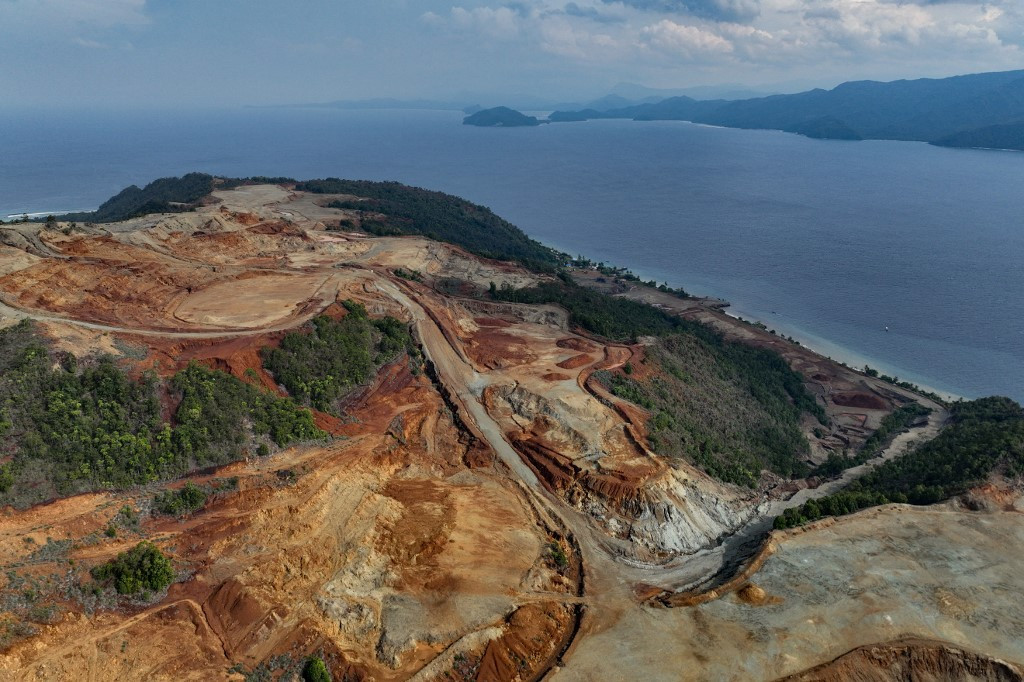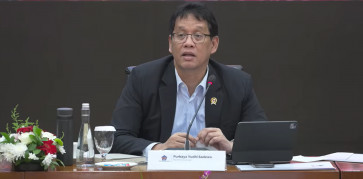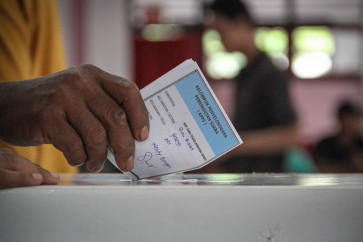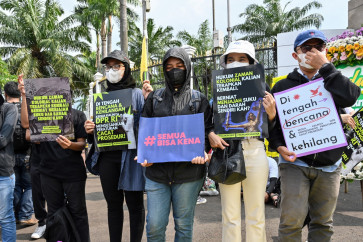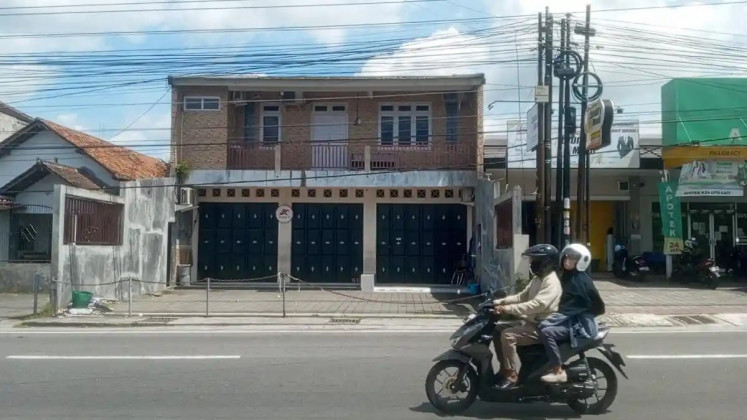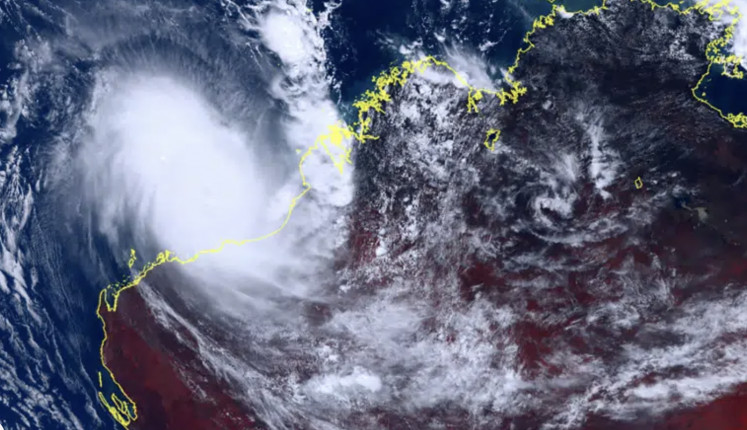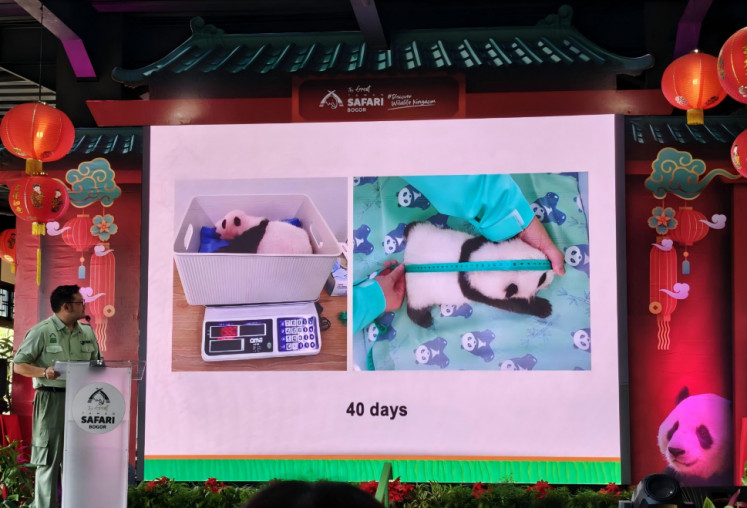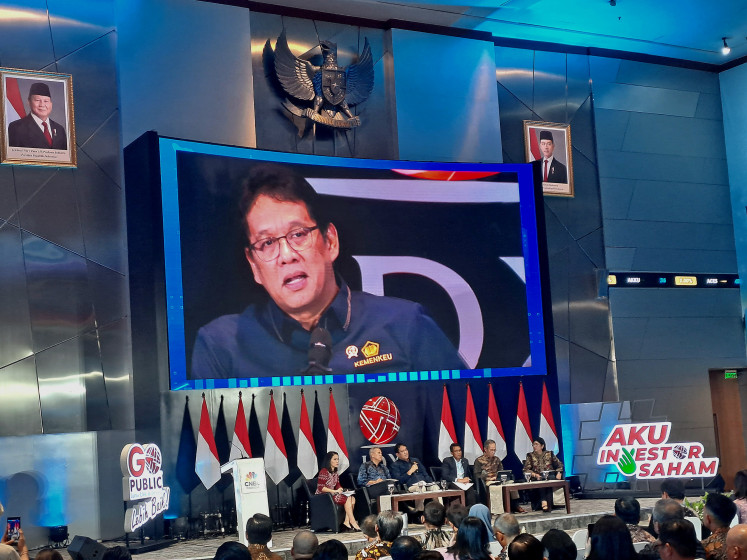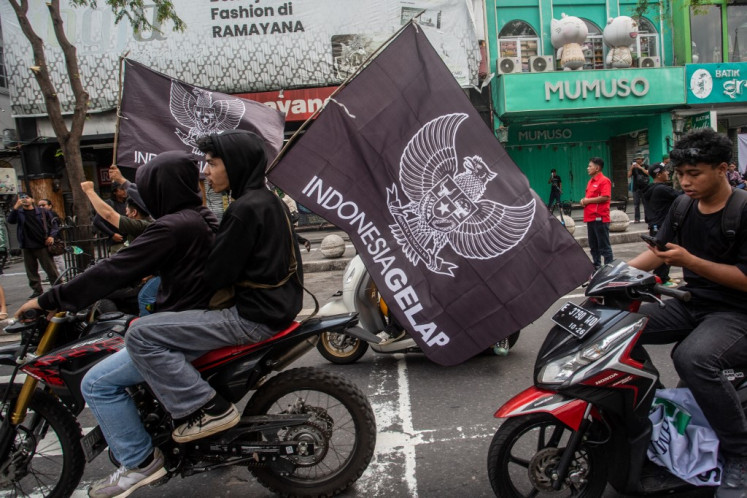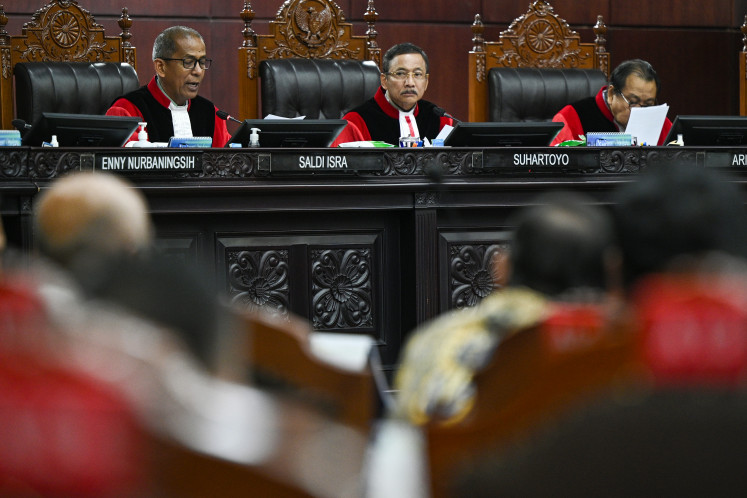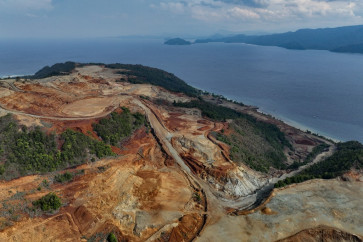Popular Reads
Top Results
Can't find what you're looking for?
View all search resultsPopular Reads
Top Results
Can't find what you're looking for?
View all search resultsTension and grievances in Raja Ampat
A government study in 2022 estimated that a deposit of 482 million tonnes of nickel ore can be found under the calm waters of Raja Ampat, Southwest Papua. The Jakarta Post visits the archipelago to delve into a recent mining controversy that has triggered tension among residents and damaged the environment.
Change text size
Gift Premium Articles
to Anyone
R
aja Ampat, home to 75 percent of the world’s coral species and a popular diving spot known to be “the last paradise” became the subject of a global conversation in late May when the environmental group Greenpeace managed to draw the public’s attention toward an imminent threat to its marine biodiversity from nickel mining.
This threat is blindingly apparent: Research conducted in 2022 by the Energy and Mineral Resources Ministry estimated that a deposit of 482 million tonnes of nickel ore can be found right under the calm waters of Raja Ampat in Southwest Papua province.
For perspective, latest figures show that the national production of nickel ore reached 137.8 million tonnes in the entirety of 2023, the peak year for nickel mining.
Following the Greenpeace Indonesia campaign in May, which included activists from the organization storming a national conference on minerals, the public learned that the government had granted permit for five companies to carry out nickel mining operations in Raja Ampat, with some already running ground operations there for years.
The campaign went viral and following a massive outcry the central government decided to revoke four of the five permits granted to local companies.
Raja Ampat’s mining operation is controversial as it is considered a violation of the 2014 law on the management of coastal areas and small islands, which prohibits mining activities on small islands. Articles in the law stipulate that only activities for conservation, education, research, marine cultivation, tourism, fisheries, organic farming and national defense are permitted on small islands.
The law defines a small island as a piece of land with a size less than 2,000 square kilometers surrounded by a body of water. Companies operating in Raja Ampat are mostly mining on islands that are just 6,000 hectares, or 60 sq km in size.

